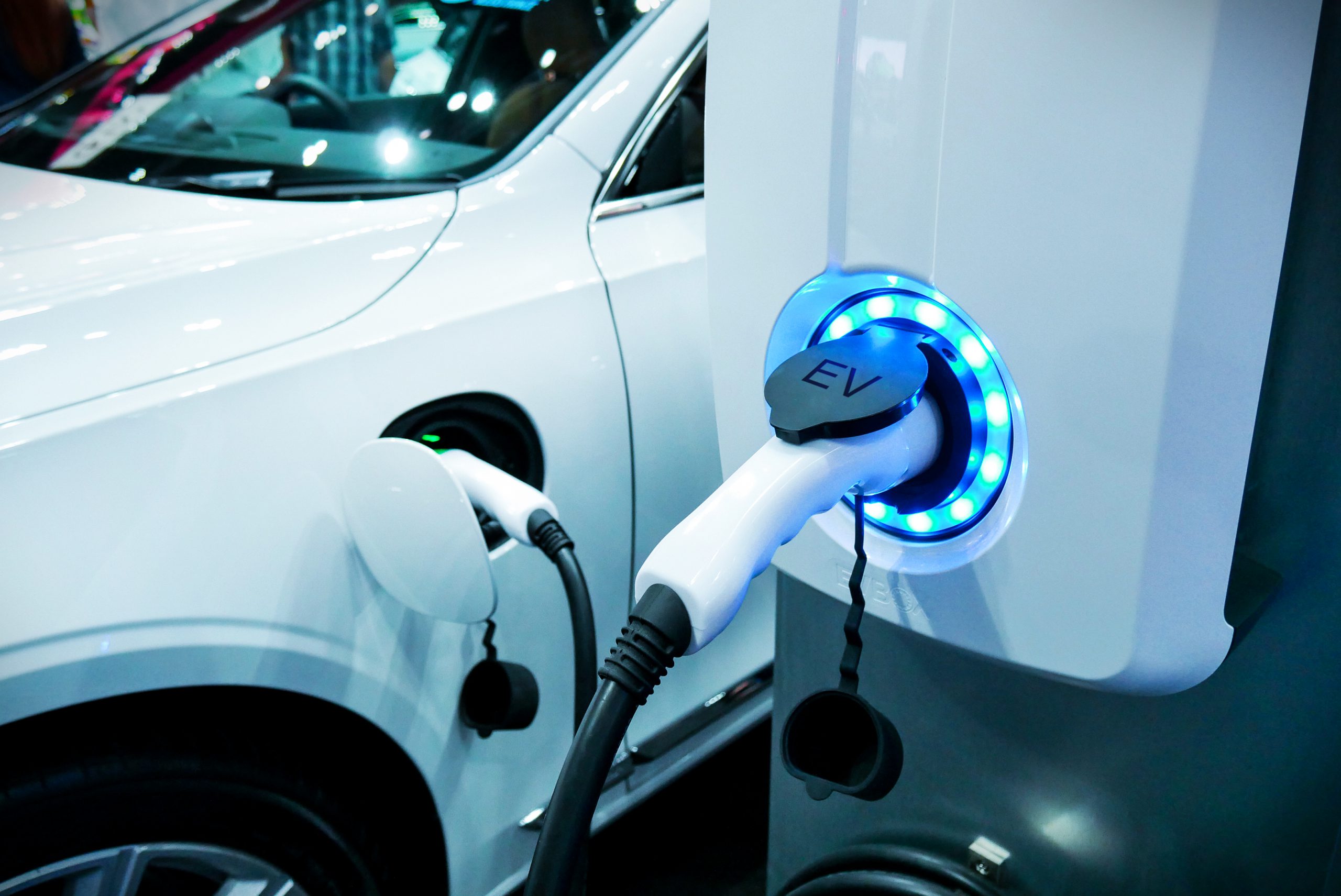
Headquartered in Brisbane, Australia, Tritium DCFC Limited (DCFC) designs and manufactures proprietary hardware and direct current chargers for electric vehicles. The company completed its overseas listing on the Nasdaq stock exchange on Jan. 14, 2022, through an SPAC deal. It merged with blank check company Decarbonization Plus Acquisition Corporation II.
DCFC CEO Jane Hunter said, “Our transaction with DCRN is transformative for the acceleration of electrification…We expect the capital raised through the transaction, together with anticipated additional funding, to support Tritium’s business operations and to help strengthen our products and services to our customers and continue to advance the e-mobility industry. The goal in our industry is to reduce global emissions and this transaction will support our mission to electrify transportation.”
However, DCFC’s ADR has slumped 19.3% in price since its stock market debut, to close yesterday’s trading session at $7.53. This can be attributed to bearish investor sentiment surrounding the EV industry due to several macroeconomic headwinds, and an ongoing semiconductor shortage. Furthermore, on February 22, the company filed a document with the SEC stating that certain affiliated security holders might sell up to 115.37 million shares of DCFC in the secondary markets.
Here’s what could shape DCFC’s performance in the near term:
Emerging Growth Company
DCFC is classified as an emerging growth company under the JOBS Act. As a result, the company is eligible for certain exemptions that include an exemption from selective reporting requirements and stringent executive compensation disclosure rules.
DCFC has reported rapid business expansion over the past few years, thanks to the rising focus on the electric vehicle (EV) industry. As of Dec. 31, 2021, DCFC had sold more than 6,700 DC fast chargers across 41 countries, delivering more than 55 gigawatts of energy. The company’s differentiated technology and patented design are expected to reduce ownership costs by up to 37% over 10 years compared to traditional AC charging systems.
DCFC controls a 20% and 15% market share (as of March 2020) in the European and U.S. DC charger space, respectively. Also, the company is the leading supplier of DC chargers in Australia and New Zealand, boasting an approximately 75% market share.
Industry Tailwinds
Governments worldwide have been encouraging the shift from fossil-fuel-powered vehicles to EVs amid efforts to reduce global carbon emissions. The U.S. is expected to finance the installation of 500,000 new charging stations for EVs across the country under its Build Back Better plan. Also, the government established a 50% target for total new car sales to be electric over the next eight years.
A BNEF Research Report states that the total charging infrastructure investment in the U.S. and Europe combined is expected to be roughly $60 billion by 2030 and $192 billion by 2040. And EVs are expected to represent 70% of total new cars sold by 2040. Given this backdrop, DCFC is expected to witness accelerated growth over the next few decades.
Risk Factors
DCFC has yet to generate profits from its operations, however. The company’s total comprehensive loss amounted to $35 million for the year ended June 30, 2020, and $63.20 million for the year ended June 30, 2021. The pandemic-driven disruption in EV sales and the semiconductor shortage has aggravated DCFC’s loss margins.
The company stated in an SEC filing that it expects to continue incurring losses in the near term. Furthermore, DCFC’s rapid growth history has significantly strained its management, operations, financial infrastructure, and corporate culture.
POWR Ratings Reflect Uncertainty
DCFC has an overall C rating, which equates to Neutral in our proprietary POWR Ratings system. The POWR Ratings are calculated by considering 118 different factors, with each factor weighted to an optimal degree.
DCFC has a C grade for Growth and Quality. The company’s total revenues increased 19.6% year-over-year to $56.16 million for its fiscal 2021 (ended June 30). However, its net loss worsened 83.2% from the same period last year to $63.09 million, which is in sync with its Growth grade. In addition, DCFC’s negative profit margins justify the Quality grade.
Among the 92 stocks in the C-rated Industrial – Equipment group, DCFC is ranked #64.
Beyond what I’ve stated above, view DCFC ratings for Sentiment, Stability, Momentum, and Value here.
Bottom Line
DCFC is well-positioned to become a leading DC charging infrastructure provider internationally. However, as an emerging growth company, it faces several operational challenges in the near term. Thus, we think investors should wait until DCFC’s profit margins improve before investing in the stock.
How Does Tritium DCFC Limited (DCFC) Stack Up Against its Peers?
While DCFC has a C rating in our proprietary rating system, one might want to consider looking at its industry peers, Standex International Corporation (SXI), Applied Industrial Technologies, Inc. (AIT), and Titan Machinery Inc. (TITN), which have an A (Strong Buy) rating.
DCFC shares were trading at $7.71 per share on Friday morning, up $0.18 (+2.39%). Year-to-date, DCFC has declined -16.38%, versus a -9.01% rise in the benchmark S&P 500 index during the same period.
About the Author: Aditi Ganguly

Aditi is an experienced content developer and financial writer who is passionate about helping investors understand the do’s and don'ts of investing. She has a keen interest in the stock market and has a fundamental approach when analyzing equities.
Is Tritium DCFC a Good Stock Add to Your Portfolio? StockNews.com






